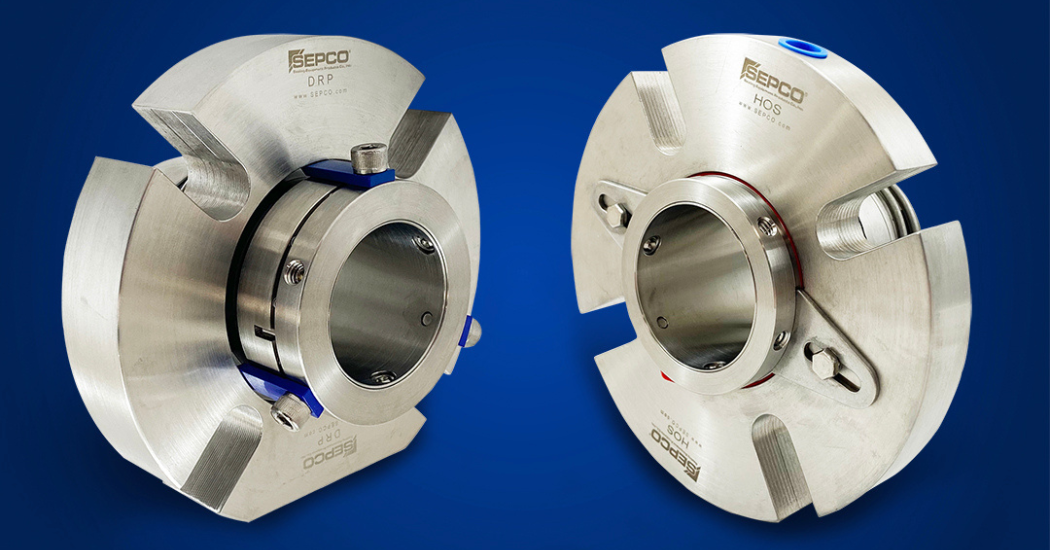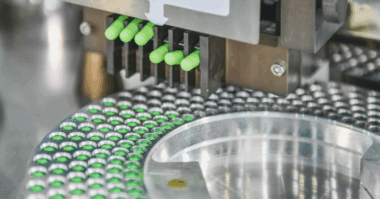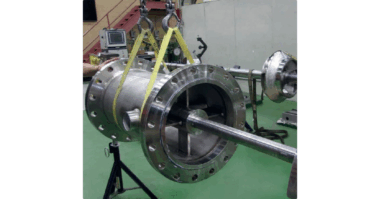- Material Compatibility
Ethanol’s aggressive solvent properties can degrade many materials commonly used in seal construction. The selection of materials that are compatible with ethanol is crucial. Common materials include:
- Carbon and Graphite: Widely used for their chemical inertness and good thermal conductivity.
- Silicon Carbide: Offers excellent hardness, thermal stability, and resistance to wear and chemical attack. It is often used for both the rotating and stationary faces of the seal.
- Viton and EPDM: These elastomers are used for O-rings and other flexible seal components due to their excellent chemical resistance to ethanol.
2. Seal Design
The design of mechanical seals must prevent leakage, minimize friction, and accommodate any thermal expansion or chemical swelling caused by ethanol. Dual seals are often used in more demanding applications:
- Single Seals: Suitable for less volatile applications where the ethanol concentration and operating temperatures are controlled.
- Double Seals (Dual Seals): Used in high-pressure environments or when additional safety is required. These seals typically involve a barrier fluid between two seal faces to provide cooling, lubrication, and additional leakage protection.
3. Thermal Management
Ethanol’s low flash point requires effective heat dissipation to prevent overheating and potential seal failure. Mechanical seals must be designed to manage thermal loads effectively. This might include features such as:
- Cooling Jackets: Incorporated around the seal assembly to remove excess heat.
- Flush Plans: API (American Petroleum Institute) flush plans, like Plan 23 (recirculation of pumped fluid to cool the seal) or Plan 21 (external fluid for cooling), can be utilized to maintain temperature within safe operating limits.
4. Operating Conditions
Seal performance is highly dependent on the operating conditions:
- Pressure: Mechanical seals must withstand the pressures encountered in ethanol processing without deforming or losing effectiveness.
- Speed: High rotational speeds can increase friction and heat generation, which must be managed to prevent seal degradation.
5. Emission and Safety Standards
With strict environmental regulations regarding volatile organic compound (VOC) emissions, mechanical seals must ensure minimal leakage. Ethanol vapors are both flammable and a health hazard, necessitating seals that can maintain a hermetic barrier even under fluctuating conditions.
6. Maintenance and Reliability
Regular maintenance is essential for mechanical seals used with ethanol to ensure they remain effective and safe. Predictive maintenance techniques, such as condition monitoring and regular inspections, are crucial for detecting early signs of wear or failure.
By addressing these technical considerations, mechanical seals enhance the reliability, safety, and efficiency of equipment handling ethanol. They reduce the risk of downtime, ensure compliance with environmental standards, and protect against potential hazards associated with ethanol leakage and exposure.




